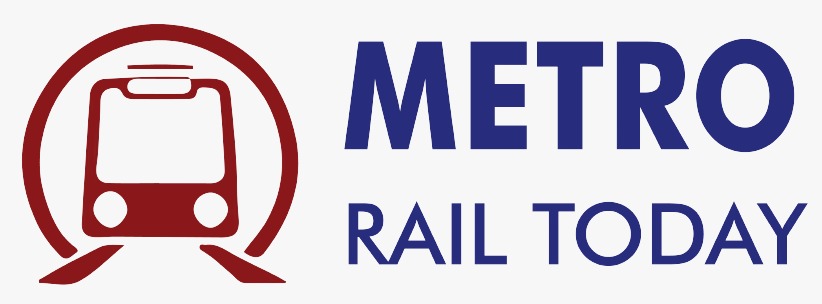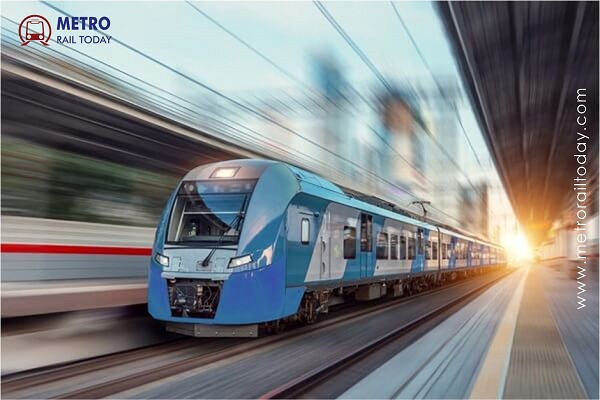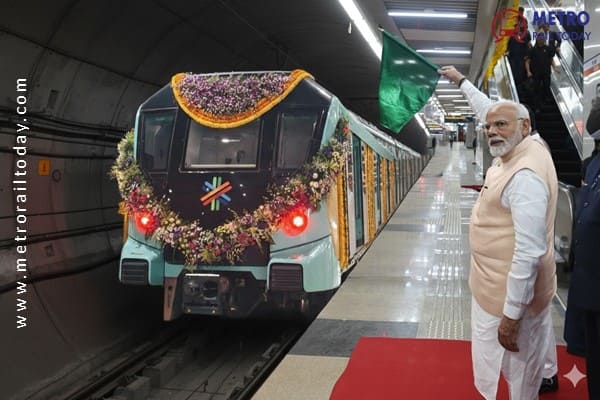 Prime Minister Narendra Modi inaugurates Final Phase of Mumbai Metro Line 3 (Aqua Line)
Prime Minister Narendra Modi inaugurates Final Phase of Mumbai Metro Line 3 (Aqua Line)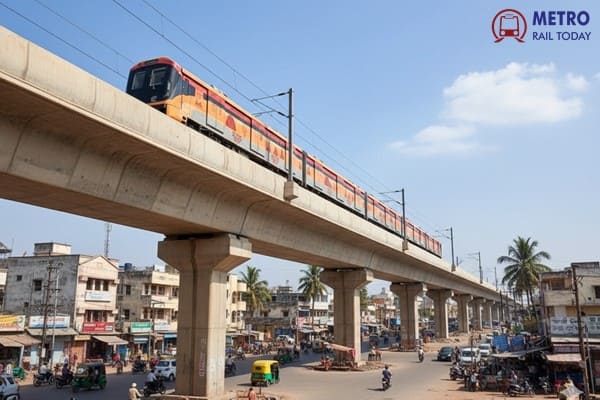 White Elephants on Rails: How Politically-Driven Metro Projects Are Draining Public Funds?
White Elephants on Rails: How Politically-Driven Metro Projects Are Draining Public Funds?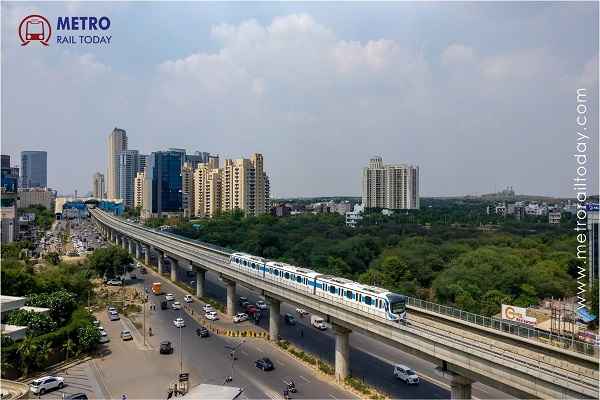 Gurugram Metro Construction Begins with First Piling Work Near Sector 31
Gurugram Metro Construction Begins with First Piling Work Near Sector 31 NCRTC and Gati Shakti Vishwavidyalaya sign MoU to boost Railway Education and Innovation
NCRTC and Gati Shakti Vishwavidyalaya sign MoU to boost Railway Education and Innovation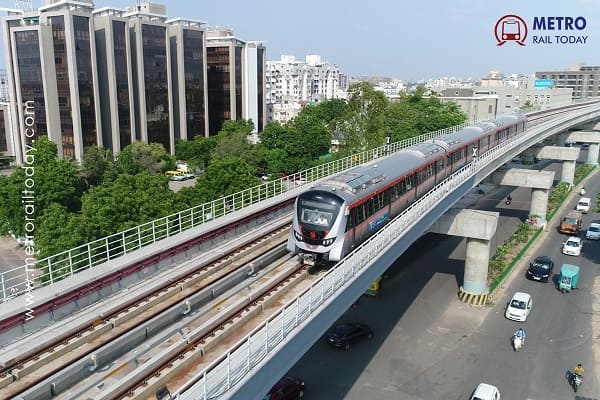 DB Engineering & Consulting partners with GMRC to shape Smart, Sustainable Surat Metro
DB Engineering & Consulting partners with GMRC to shape Smart, Sustainable Surat Metro Patna Metro Inaugurated: First Phase of 3.6-km Stretch Open to Public from October 7
Patna Metro Inaugurated: First Phase of 3.6-km Stretch Open to Public from October 7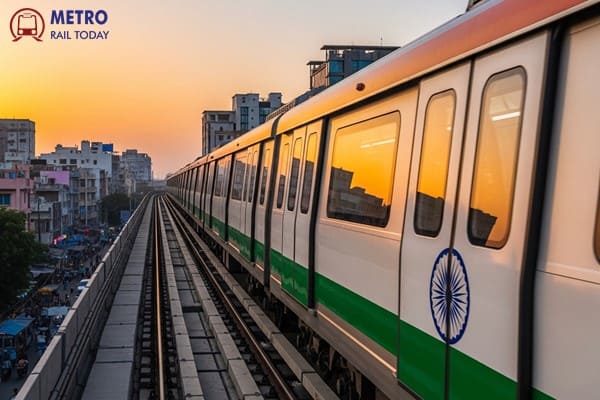 Saleem Ahmad appointed as new CMD of Rail Vikas Nigam Limited (RVNL)
Saleem Ahmad appointed as new CMD of Rail Vikas Nigam Limited (RVNL)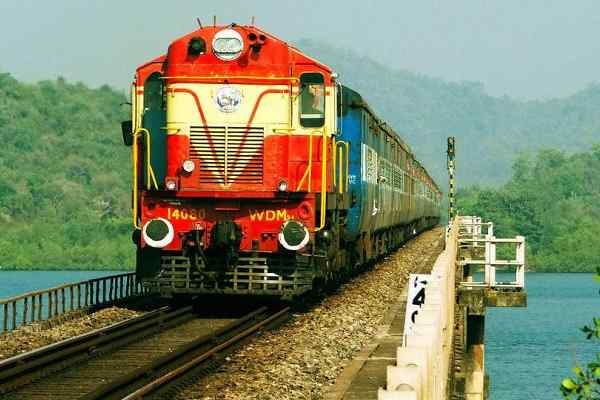 HCC and Konkan Railway sign MoU to deliver Large-Scale Rail and Metro Projects
HCC and Konkan Railway sign MoU to deliver Large-Scale Rail and Metro Projects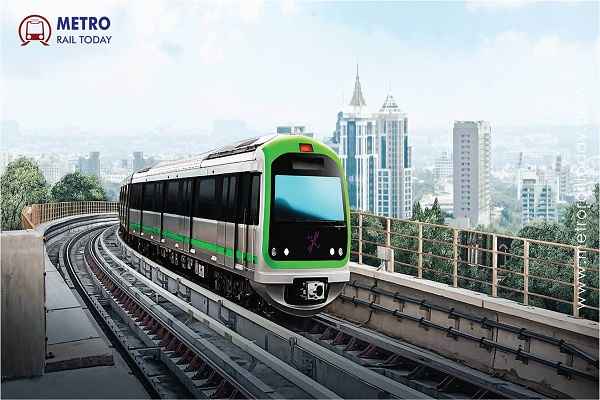 Karnataka approves Feasibility Study for ₹20,649 crore Bengaluru–Tumakuru Metro Extension
Karnataka approves Feasibility Study for ₹20,649 crore Bengaluru–Tumakuru Metro Extension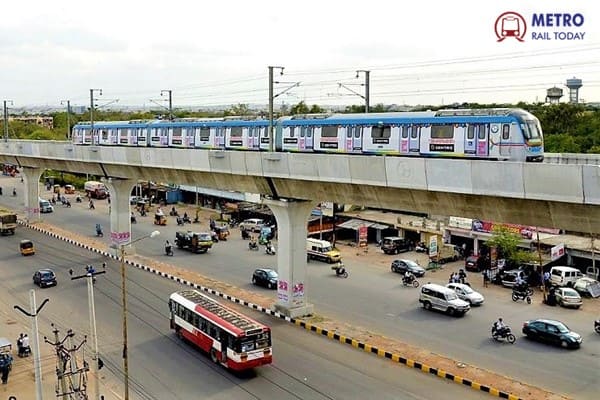 Learning from Exits: Re-evaluating the Public-Private Partnership Model in India's Metro Projects
Learning from Exits: Re-evaluating the Public-Private Partnership Model in India's Metro Projects
Under Narendra Modi's Leadership: The Transformative Journey of India's Metro and Rail Network
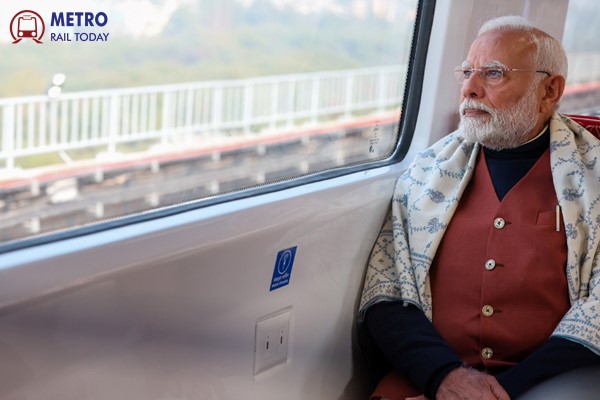
As Prime Minister Narendra Modi celebrates his 75th birthday, it is a moment to reflect not just on his personal journey, but on the profound and lasting impact of his leadership on the nation's infrastructure. For too long, India's railway and urban transit systems lagged behind, burdened by slow progress and outdated technology. Under his vision, this has been completely transformed. By prioritizing massive investment, technological innovation, and a "Make in India" philosophy, the government has not only modernized the legacy Indian Railways but also spearheaded a metro revolution that has made India a global leader in urban transit. This article delves into the strategic initiatives and profound impact of these changes, showcasing how India is building a future-ready transportation network that is efficient, inclusive, and sustainable, fitting for the ambition of a nation on the path to becoming a developed economy.
Metro Rail Revolution
The Modi government has played a pivotal role in accelerating India's metro rail expansion, transforming urban mobility and establishing India as a global leader in metro infrastructure. The operational metro network in India has seen a massive surge, growing from just 248 km in 2014 to over 1,000 km by 2025, making it the third-largest metro network in the world. The pace of construction has also increased significantly, with an average of about 6 km of new metro lines commissioned per month, a ninefold increase from the pre-2014 period.
The government's approach has focused on four key pillars:
-
Rapid Expansion: A substantial increase in the annual metro budget from ₹5,798 crore in 2013-14 to ₹34,807 crore in 2025-26 has fueled a construction boom across numerous cities, including Delhi, Mumbai, Bengaluru, Chennai, and Pune. This has brought metro connectivity to 23 cities, with another 900+ km under construction.
-
Technological Advancements: India has embraced cutting-edge technology. Key projects include the underwater metro in Kolkata, the first of its kind in India, which passes beneath the Hooghly River. The introduction of driverless metro services on the Delhi Metro's Magenta Line and the indigenously developed Automatic Train Supervision (ATS) system also showcase a leap in technological prowess.
-
Indigenous Manufacturing: The "Make in India" initiative has been central to the metro revolution. Policies mandate that at least 75% of metro cars and 25% of key equipment must be domestically procured. This has not only boosted local production but also reduced dependence on imports. For example, Bharat Earth Movers Limited (BEML) has supplied over 2,000 metro coaches to various cities.
-
Sustainable and Integrated Mobility: The government's Metro Rail Policy, 2017 emphasizes creating sustainable and economically viable metro projects. Initiatives like installing solar panels at metro stations and the launch of the Kochi Water Metro with electric hybrid boats reflect a commitment to green urban mobility. The introduction of the Regional Rapid Transit System (RRTS), with its high-speed Namo Bharat trains, is a testament to the focus on integrated regional connectivity, linking major urban centers like Delhi, Ghaziabad, and Meerut.
Indian Railways Transformation
Under PM Modi's leadership, Indian Railways has undergone a historic transformation, focusing on modernization, safety, and infrastructure expansion. The overall capital outlay for Indian Railways has grown to over ₹17 lakh crore since 2014, a massive increase from the previous decade.
The key aspects of this transformation include:
-
High-Speed and Modern Trains: The introduction of the Vande Bharat Express has revolutionized passenger travel. These indigenously designed semi-high-speed trains offer modern amenities and have a high occupancy rate. The government has also launched Amrit Bharat and Namo Bharat trains to provide affordable and efficient mobility solutions for different segments of passengers.
-
Infrastructure and Safety: Significant investments have been made in infrastructure development. More than 31,000 km of new tracks have been laid, and over 98% of the broad-gauge network has been electrified. This push for electrification has led to substantial annual savings and a reduced carbon footprint. Safety has also been a top priority, with the complete elimination of all unmanned level crossings on broad gauge lines and the deployment of "Kavach," an indigenous Automatic Train Protection system.
-
Redevelopment and Connectivity: The Amrit Bharat Station Scheme aims to modernize over 1,300 railway stations with world-class amenities. Projects like the Chenab Bridge, the world's highest railway arch bridge, and the Kosi Rail Mahasetu have connected previously inaccessible regions, particularly in the Northeast. This has been a key focus area, with a fivefold increase in railway budget allocation for the region since 2014.
-
Technological and Operational Reforms: The implementation of the PM GatiShakti National Master Plan has streamlined logistics and enhanced multi-modal connectivity by integrating planning across various ministries. The Dedicated Freight Corridors (DFCs), which saw no progress for years, are now nearing completion, with the Eastern DFC fully operational. This is expected to significantly ease pressure on passenger lines and boost freight movement. The 'One Station One Product' scheme has also been implemented at over 2,200 outlets, promoting local artisans and small businesses.
A Glimpse into the Future: The Engine of a Developed India
On this landmark occasion of his 75th birthday, the transformation of India's metro and railway networks under Prime Minister Narendra Modi's leadership stands as a powerful testament to the nation's commitment to building a modern, efficient, and interconnected future. By moving from a policy of incremental growth to one of rapid, large-scale development, the government has not only revamped physical infrastructure but also ignited a new sense of aspiration. The deployment of indigenous technologies, the focus on sustainable practices, and the integration of multimodal connectivity are not just about building tracks and trains; they are about building the aspirations of a new India. This infrastructure revolution is a key pillar of the vision for a "Viksit Bharat," where world-class connectivity serves as the bedrock for economic growth, social inclusion, and a higher quality of life for every citizen.
